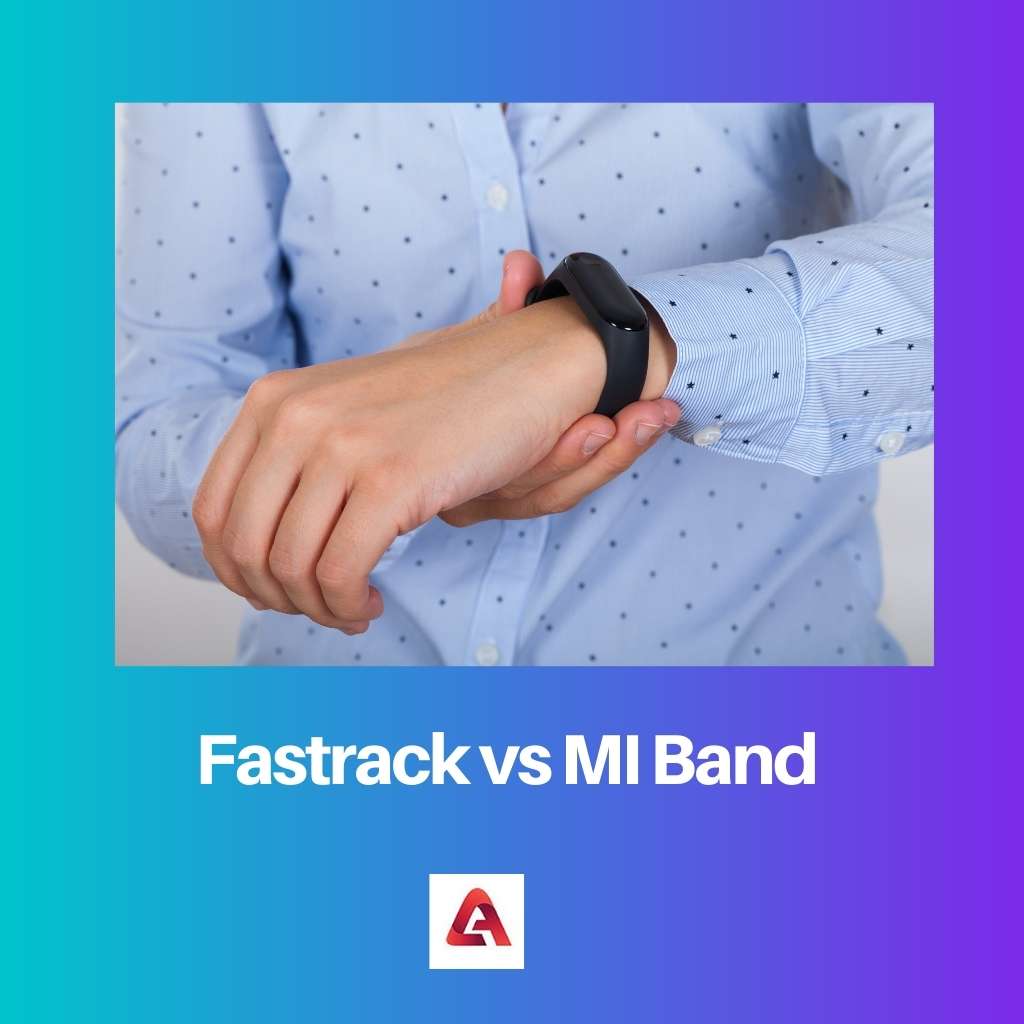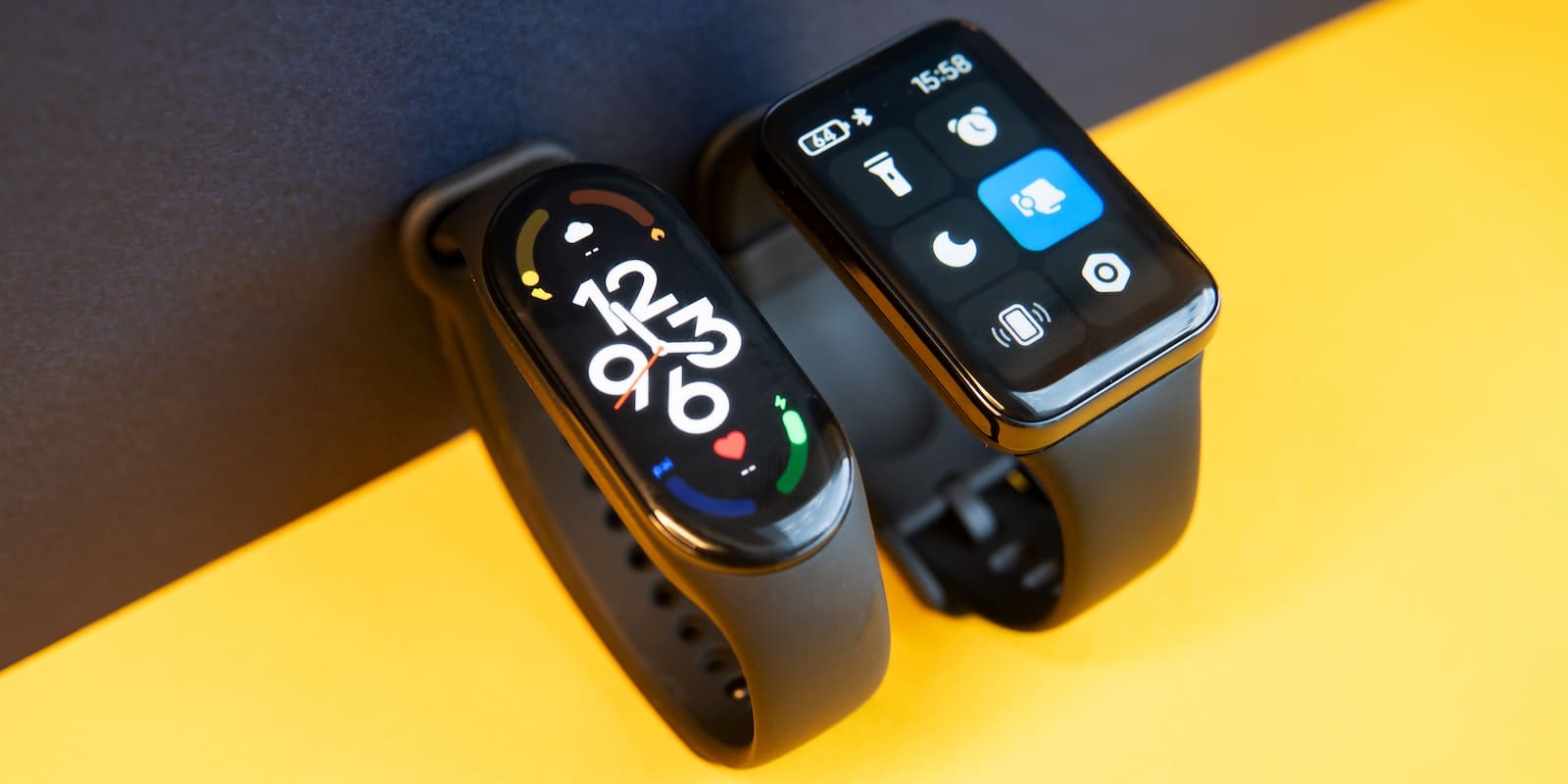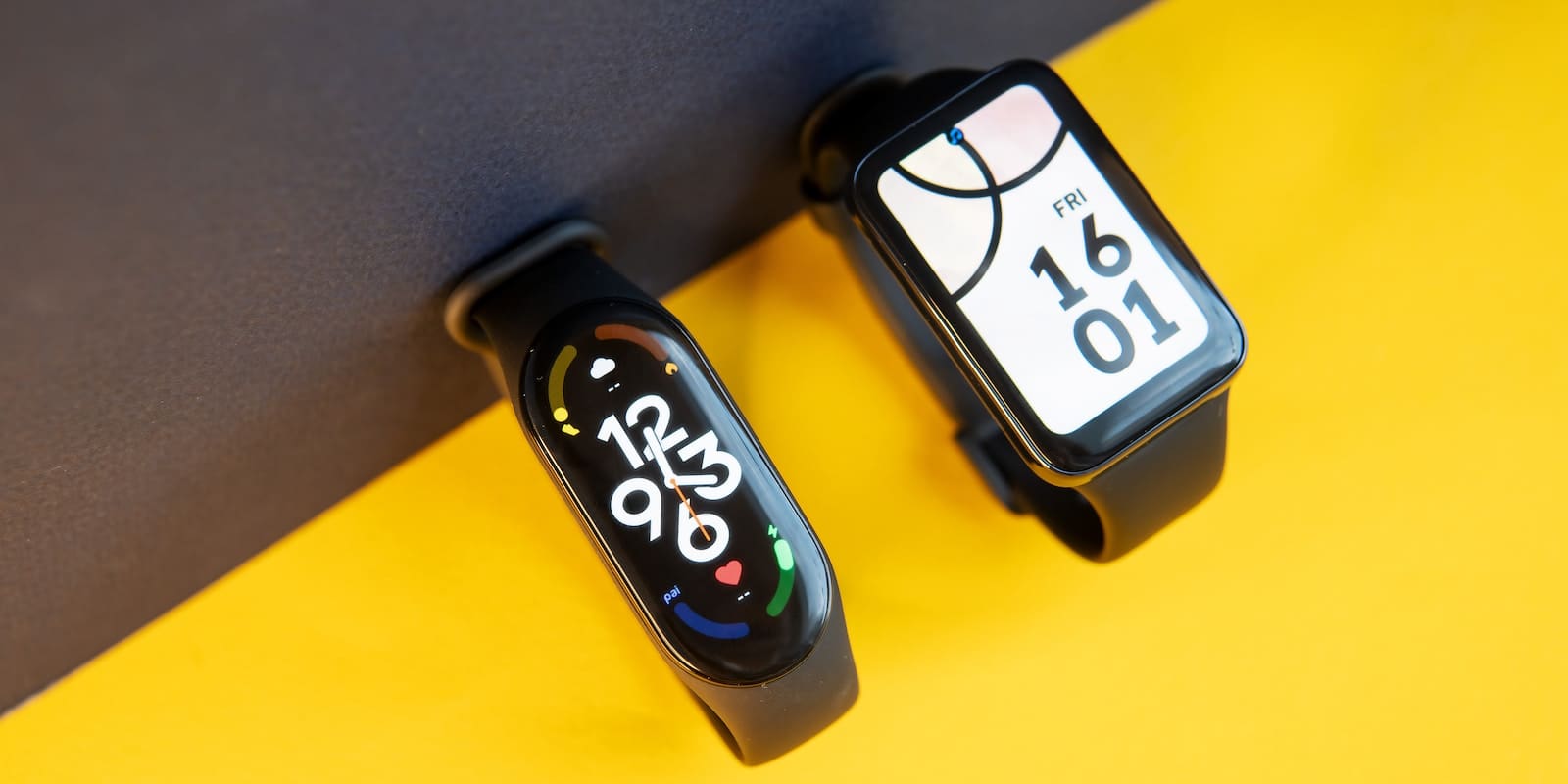Fitness trackers have been there for a long time and are well-known for changing the game with regards to living a healthy life.
The usage of a fitness tracker on a regular basis increases the effectiveness of your everyday workouts and makes them more manageable.
Fastrack band and MI band are two of the most well-known fitness trackers, yet they are not without their distinctions.
Key Takeaways
- Fastrack is a fashion-oriented brand that offers basic fitness tracking features, while Mi Band is a dedicated fitness tracker that offers advanced features.
- Fastrack has a limited battery life of a few days, while Mi Band has a longer battery life of up to two weeks.
- Fastrack is more affordable than Mi Band.
Fastrack vs MI Band
Fastrack smartwatch is a fitness Fitbit band developed by Fastrack. The Reflex App controls it on the phone. It releases blue light. MI Band is a bracelet like wearable activity tracker developed by Xiaomi that the Mi Fit app can control. It releases white light.

Fastrack reflex is a fitness Fitbit band. It’s a smartwatch that doubles as a fitness wristband.
This wristwatch also has a function that facilitates you to manage your phone camera from a distance, enabling it simpler to snap more high-quality pictures. MI band is a Xiaomi fitness tracker it debuted on July 22, 2014, during a Xiaomi promotional event.
The Mi Band is a bracelet-like device that may be donned on either hand. The authorized Mi Band app, Mi Fit, which itself was eventually superseded by Mi Health, may be used to modify the band’s position.
Comparison Table
| Parameters of Comparison | Fastrack | MI Band |
|---|---|---|
| Developer | Fastrack | Xiaomi |
| Launch Date | 1998 | 2014 |
| Light | Releases blue light | Releases white light |
| Control App | The Reflex app | Mi Fit |
| Price | Less expensive | More expensive |
| Body Material | Polycarbonate | Plastic |
| Common Colors | Charcoal black, electric blue, neon green. | Blue, black, green, yellow, pink, orange. |
| Battery Life | Lasts longer | Lasts for a shorter duration. |
What is Fastrack?
Fastrack is a step, distance, and calorie tracker, as well as a sleep tracker, call and SMS warnings, an OLED screen, a 10-day battery reserve, a battery-powered unit with a USB connection, a sedentary reminder, and IPX6 resistance to water, are all included in the band.
It has a longer battery life than the previous model.
It is compatible with both iOS and Android operating systems. Due to the sheer Fastrack brand’s reliability and guarantee, all of this comes at a price that is difficult to match elsewhere.
Fastrack’s silicone band is 39.5 mm in diameter. It’s available in a variety of hues, including black, blue, neon green, violet, and others. Polycarbonate is used for its body.
Except for the Samsung Galaxy C9 Pro, Galaxy A9 Pro, Samsung Galaxy J2 Pro, and Moto G5 series – all phones – it’s functional with both iOS and Android systems 8.0 and higher.
It has a buzzing alarm clock that will certainly wake you up ahead of schedule. You may have the monitor beep for up to five alarms at once.
When you link your smartphone to the watch, you’ll be able to view all your notifications and callers and use the call alert function to choose or ignore calls. It also has a smartphone finder feature that allows you to monitor and discover your phone.

What is Mi Band?
The band houses the core tracker, which is around 9 mm thick and 36 mm long. It’s protected with a hypoallergenic TPSiV band that’s anti-UV and anti-microbial.
The monitor is plugged into the charging component, which is powered by a 5.0 V supply from the outside. “Xiaomi Fit” is another name for it.
On November 7, 2015, Xiaomi released the Mi Band 1S, also known as the Mi Band Pulse, as a successor for the Mi Band.
Except for the inclusion of a heart rate sensor on the band’s base, which renders it somewhat larger at 37 x 13.6 x 9.9mm, it’s essentially identical to its predecessor.
The inclusion of the heart rate monitor appears to have shortened the battery life, which was previously advertised as lasting one month on a single charge. The fee normally lasts 15 days in practice.
The 1S measures heart rate only when it is asked; ongoing monitoring is not possible. At the time of its release, the Xiaomi Mi Fit app was the only official way to utilize the Mi Band; however, third-party apps such as gadget bridge were available.
Fitness analysis, sleep timer, vibration indication for calls, messages, and alerts, 14-day standby power, sleep-cycle smart alarm, and more features are included on the MI band.
It can also unlock your Android without the need for a password and is waterproof. The Mi Band now has improved sleep tracking capabilities, including continuous heart rate monitoring while sleeping.
Xiaomi argues that this will make it easier to detect sleep problems, including irregular and unpredictable circadian cycles and fast eye movement.
The software will give suggestions based on the information obtained about how to improve your performance.

Main Differences Between Fastrack and MI Band
- The Fastrack reflex band was developed by the Fastrack, while the MI band was developed by Xiaomi.
- Fastrack was released in 1998; meanwhile, MI band was released in 2014
- Fastrack emits blue light meanwhile MI band emits white light
- The Fastrack band is controlled by the Reflex app, whereas the MI band is controlled by the MI fit app.
- Fastrack is relatively less expensive, whereas MI band is more expensive.
- Polycarbonate is the body material known for Fastrack. Meanwhile, plastic is used for the MI band.
- Fastrack comes in charcoal black, electric blue, and neon green, whereas MI band comes in blue, black, green, yellow, pink, and orange.
- Fastrack’s battery lasts a lot longer than MI band’s, which has lower battery life.










